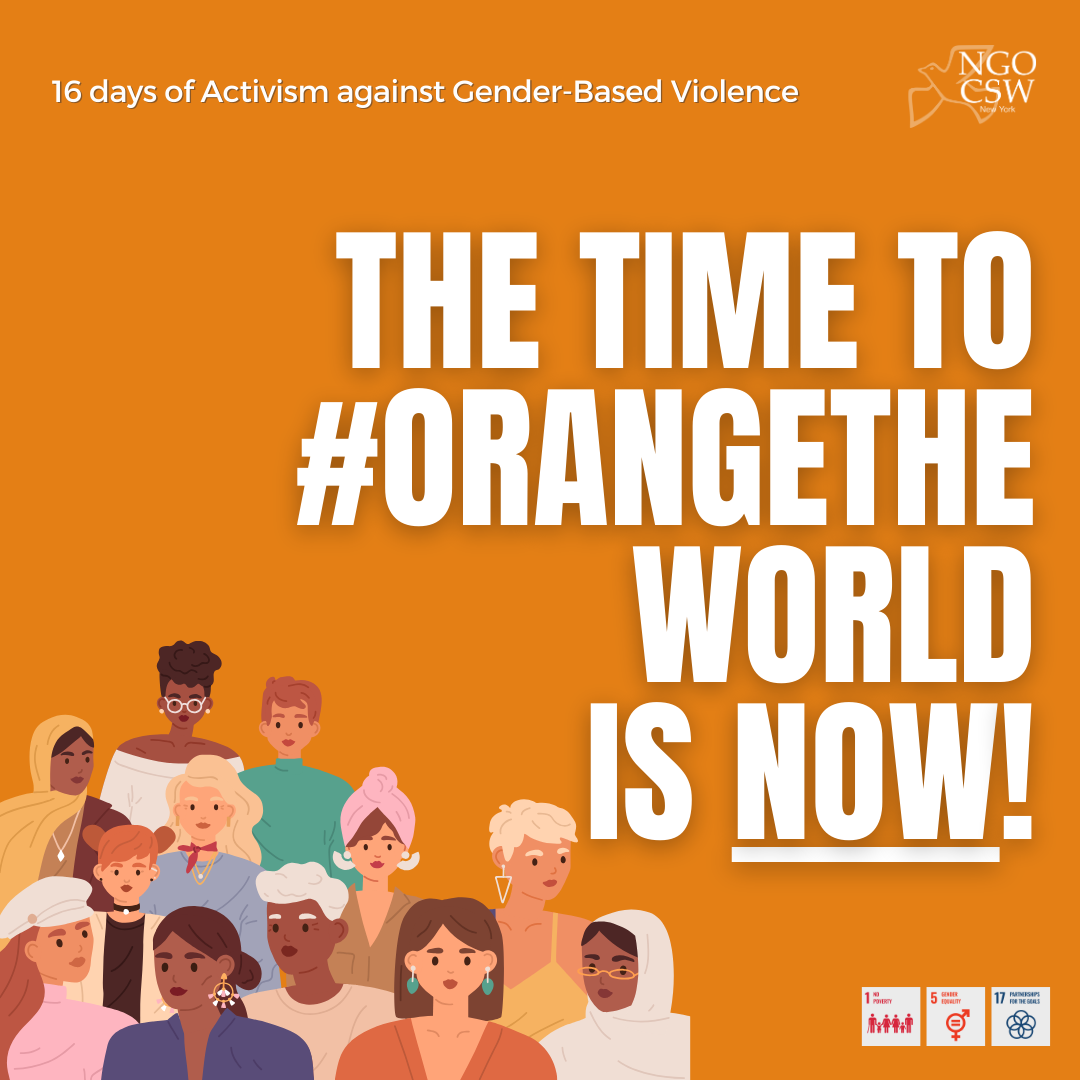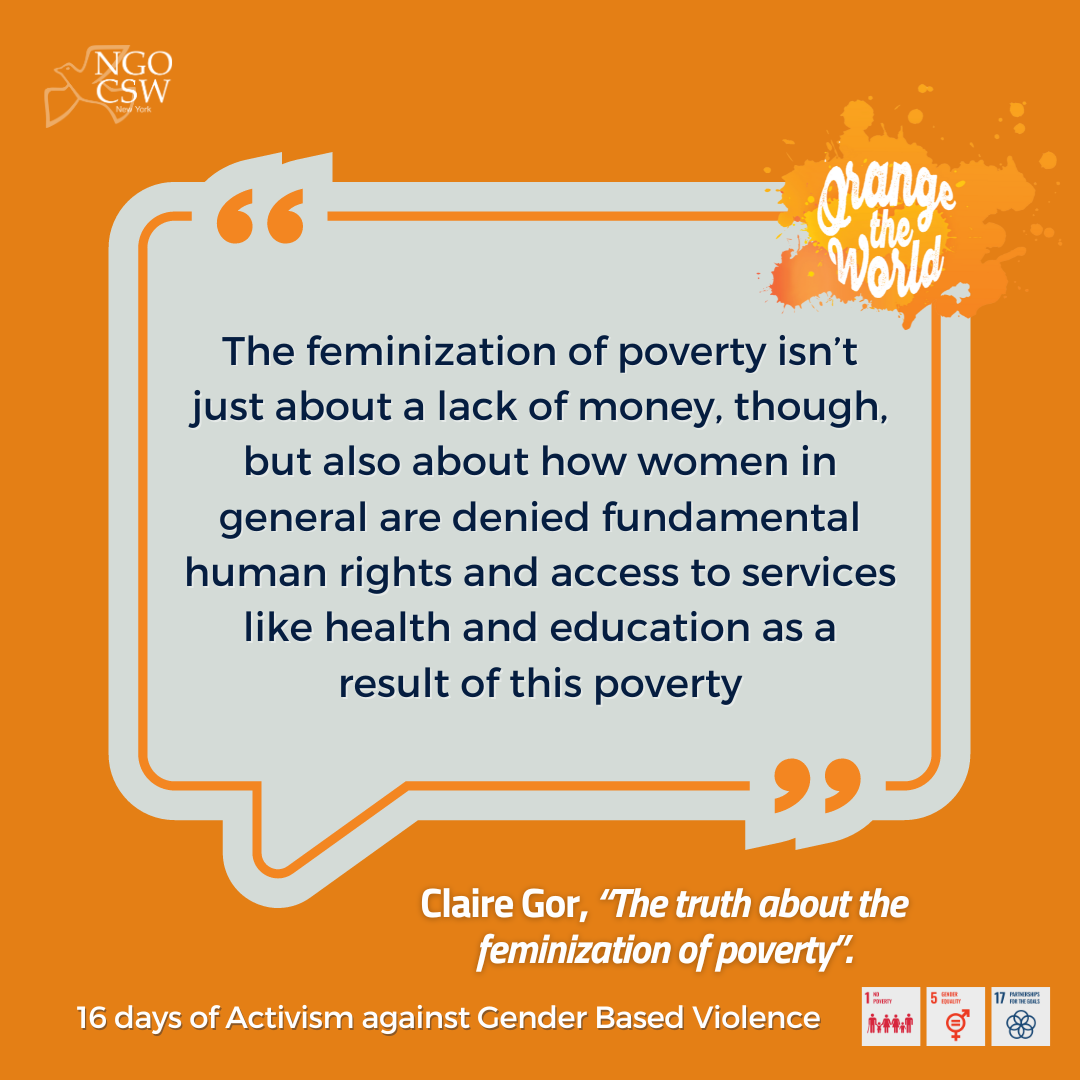
Reports by the International Monetary Fund (IMF) and the World Bank have found that violence against women and girls is associated with lower economic activity, development, and growth. These findings point to the relationship between poverty and GBV. Not only are women more likely to experience GBV in the context of poverty, but GBV also reinforces cycles of poverty. Physical, psychological, and emotional violence that women experience makes it more
difficult for them to achieve or maintain a job. Research from Fiji, for example, shows that high rates of domestic and sexual violence translate into lost staff time and reduced productivity equivalent to almost ten days of work per employee each year. World Bank reports suggest that in some countries gender-based violence was estimated to cost up to 3.7 percent of gross domestic product (GDP) – this is more than double what some countries spend on education.


